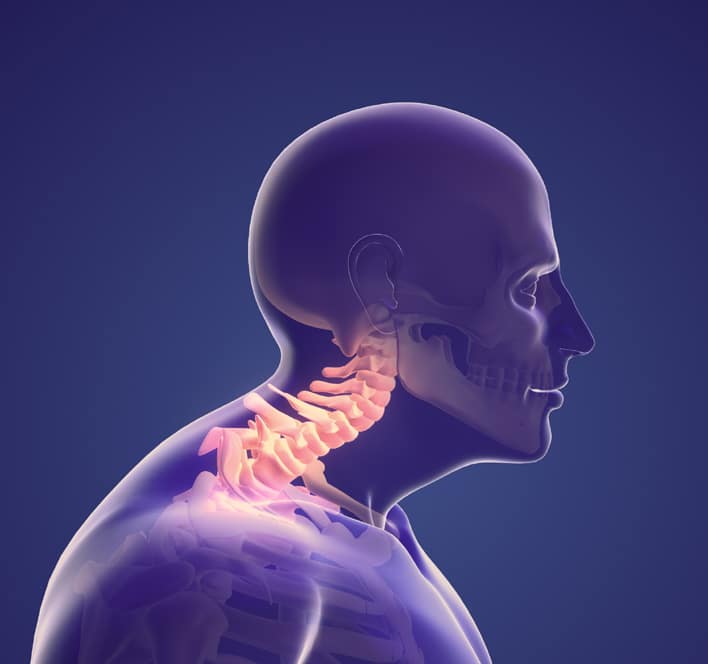If you’re experiencing neck pain or stiffness, you may be wondering if cervical bone spurs could be the cause. These bony growths, also known as osteophytes, can develop in the neck and cause discomfort and limited mobility. Understanding the symptoms of cervical bone spurs can help you seek appropriate treatment and find relief.
At NJ Spine & Orthopedic, we understand the impact that cervical bone spurs have on your daily life. That’s why we’re here to provide you with information and support to help you navigate this condition. If you’re experiencing any of these symptoms, it’s important to consult with a medical professional for a proper diagnosis and treatment plan.
Symptoms of Cervical Bone Spurs
While everyone may have varying symptoms, some of the most common symptoms of cervical bone spurs include:
Neck Pain
Neck pain can range from mild discomfort to severe, debilitating pain. You may also experience stiffness in the neck, making it difficult to turn your head or move it from side to side. For some patients, the pain and stiffness can radiate down into the shoulders or arms, leading to additional discomfort.
Poor Coordination
Cervical bone spurs can also lead to tingling, numbness, and weakness in the arms and hands if they compress the spinal cord or nerve roots. This can affect the ability to grip objects, perform fine motor tasks, or even cause difficulty with coordination. Additionally, bone spurs can limit the range of motion in the neck, making it difficult to turn the head or look up or down.
If left untreated, cervical bone spurs can also lead to muscle weakness in the arms and hands. This can make it challenging to grip objects, perform fine motor tasks, or engage in physical activities. Over time, muscle weakness can impact your overall quality of life.
Headaches
In addition to neck pain and stiffness, cervical bone spurs can also cause headaches, especially if they put pressure on the nerves or contribute to muscle tension in the neck and shoulders. The presence of bone spurs can affect the alignment of the cervical spine, leading to tension and discomfort in the surrounding muscles. As a result, you may experience frequent or chronic headaches. This can make it difficult to focus or work effectively.
Grinding or Popping Sensation
You may also experience a grinding or popping sensation in the neck when you move it, known as crepitus. This can be a result of the bone spurs causing friction or rubbing against the surrounding structures in the neck.
Treatment for Cervical Bone Spurs
Treatment for cervical bone spurs may include a combination of conservative treatments including physical therapy, medication, and the use of cervical collars to help support your neck and reduce pain. In some cases, your doctor may recommend steroid injections to help decrease inflammation and pain in the affected area.
If conservative treatments are not effective, surgical intervention may be necessary to remove the bone spurs and alleviate pressure on the surrounding nerves and tissues. Your doctor will carefully discuss the risks and benefits of each treatment option to help you make an informed decision about your care.
Schedule an Evaluation for Cervical Bone Spurs at NJ Spine & Orthopedic
If you have been experiencing any of the symptoms listed above, it’s important to seek medical attention. Your healthcare provider can conduct a thorough evaluation, which may include a physical examination, imaging tests such as X-rays or MRI scans, and potentially nerve conduction studies to assess any nerve involvement. These tests can help to determine if cervical bone spurs are indeed the cause of your symptoms.
At NJ Spine & Orthopedic, we have the expertise to help you find relief from cervical bone spurs. Contact us today to schedule a consultation by calling us at (866) 553-0612 or using our contact form. We are here to answer any questions that you may have about treatment options and help you find relief from neck pain.

